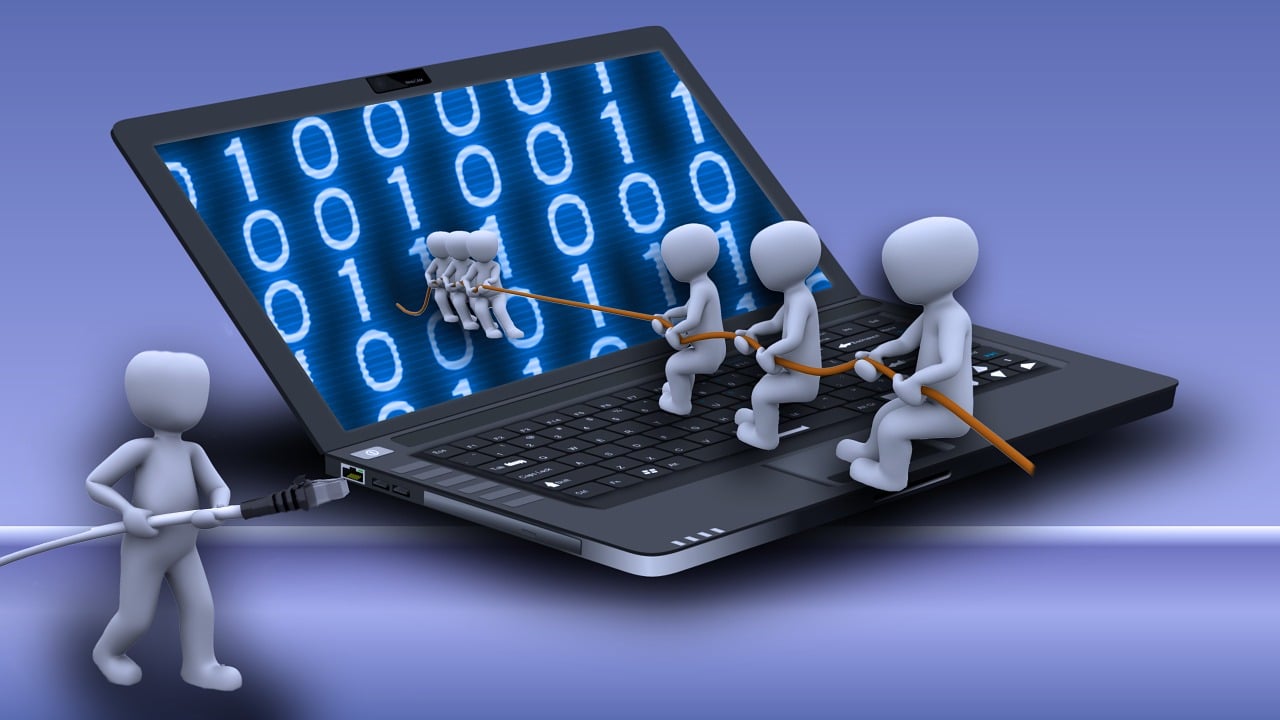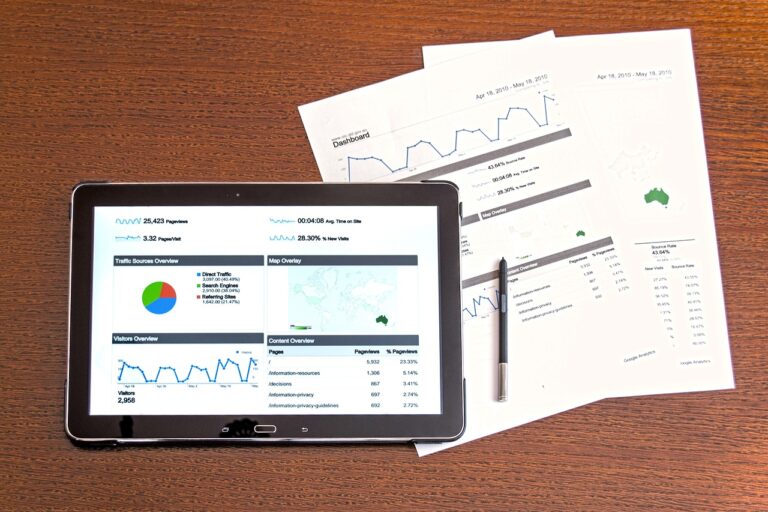What is RFP Software? What are its advantages?
Requests for proposals (RFPs) and managing the bidding process can be tedious and time-consuming without the right tools. RFP software provides a centralized platform to streamline the entire sourcing process from creating RFPs to evaluating bids and awarding contracts.
We’ll take a deeper look at what RFP software is, what features it typically includes, what benefits it can offer, what to look for when evaluating options, and some of the leading solutions on the market today. Whether you’re new to RFP software or looking to switch to a better solution, this guide will tell you about RFP software.
What is RFP Software?
RFP software, also known as eSourcing software, is a cloud-based solution that automates and simplifies the RFP process.
It provides key features including:
Centralized Template Library
Using RFP software, you can create a library of templates for different categories of projects. For example, you may have standardized RFP templates for IT services, construction projects, marketing campaigns etc. This saves time instead of creating new RFPs from scratch each time.
Collaborative RFP Creation
RFP software allows multiple team members to collaborate on creating and editing RFP documents. Different departments like procurement, legal, finance etc. can provide input on the RFP instead of using email chains and version control issues.
Supplier Management
A centralized database of supplier profiles makes it easy to identify and select suppliers to send RFPs to. Supplier response history and performance data aids in decision making.
Online Bid Submissions
Suppliers can submit bids and required documents directly through the software portal, eliminating manual email submissions and tracking.
Bid Evaluation Workflow
Reviewer teams can be created to evaluate and score bids according to customized criteria. Automated workflows ensure a fair process.
Contract Management
Final contracts can be generated using pre-approved templates and e-signed directly in the RFP software. All contract documents are stored in a centralized repository.
Analytics and Reporting
Key metrics like cycle times, participation rates, savings etc. can be tracked. Data-driven insights help improve future RFP processes.
Integration Capabilities
Leading RFP software solutions integrate seamlessly with ERP systems. This avoids re-entering supplier and product data.
10 advantages of RFP Software
Request for Proposal (RFP) software has become an invaluable tool for companies looking to streamline their procurement processes. With the right RFP software, you can simplify RFP creation, distribution, response collection and evaluation – saving time and money. Here are 10 key benefits of using RFP software:
1. Simplified RFP Creation
RFP software provides templates, forms, and pre-written industry language to quickly create professional RFP documents. Built-in outlines and sections reduce the time to craft requirements, terms, and instructions. Customizable fields allow you to add specifics for each project easily. Some solutions even pull data from your ERP to pre-populate common information. Overall, technology handles the busy work so you can create polished RFPs faster.
2. Easy Distribution and Management
Emailing RFPs to suppliers manually is inefficient and risky. RFP software allows you to upload your supplier list and distribute your RFP seamlessly at the click of a button. Technology handles confirming deliverability and managing reminders for you. Dashboards give visibility into response rates and engagement. This simplifies communication, ensuring everyone receives the RFP and requirements consistently.
3. Structured Response Collection
Without RFP technology, suppliers submit responses in varying formats through email and documents. This makes parsing and comparing responses extremely difficult. RFP software provides a structured template for suppliers to submit pricing, answers, attachments and more. Submissions are collected centrally, so you can easily review side-by-side. You save significant time by not having to re-organize and re-format.
4. Enhanced Supplier Collaboration
Email tag for clarification requests and additional documentation creates back-and-forth that eats up time. RFP software enables real-time messaging with suppliers directly in the platform. You can request and share documents easily. Suppliers benefit from quick clarifications, enhancing engagement.
5. Centralized Document Storage
RFP details and supplier documents scattered across systems get lost or duplicated. RFP software centralizes and organizes all communications, responses, and files in one secure place. Complete data and document history are retained for audit and review. You reduce wasted time searching across tools while improving data integrity.
6. Easier Evaluation and Scoring
Manual, subjective scoring using spreadsheets leaves room for error. RFP software allows you to build customized scorecards with weighted criteria ahead of time. As responses are collected, you can score objectively based on standards. Technology performs calculations to rank proposals and identify the best choice based on data.
7. Increased Process Visibility
Lack of visibility into response rates, completion status, and cycle times makes it hard to optimize the RFP process. RFP software dashboards provide real-time analytics into submission deadlines, response levels, completion status, and more. You gain visibility to monitor progress and identify improvements.
8. Reduced Administrative Workload
The manual workload of sending, collecting, and tracking RFPs across responses creates overhead. RFP software minimizes repetitive administrative tasks through automation and organization. Your team saves time on the busy work, letting them focus on strategic decision-making.
9. Enhanced Compliance and Audit Trails
Informal RFP processes raise compliance risks regarding policy, objectivity, and record keeping. RFP tool centralizes a comprehensive audit log of standardized processes, correspondences, documents, and decisions related to RFP. Detailed history shows justice and properness, lowering compliance risks.
10. Better Supplier Relationships
Irritating and disturbing outdated manual procedures make suppliers look discontent. The RFP technology improved the reference and structure for the timeline and decision-making. Vendors can be efficiently partaken via organized collaboration tools. Better buyer-supplier relationships prevent bid collusion and lead to improved bid quality and value.
Conclusion
The organization achieves a wide range of tangible benefits throughout the whole source-to-contract landscape by applying a systematically engineered RFP program platform. Automation makes it simpler for both buyers and suppliers.
Cohesive collaboration, end-to-end process transparency, and data centralization provide the platform for extra strategic decision-making. Thus, ownership and visibility are gained by organizations which in turn bring down the risks. The best procurement software available for RFP brings about efficiencies and compiled procurement that make it an inevitable technology investment to enhance procurement performance.


![10.0.0.1 Piso WiFiPause Time, Logout, and Hack [2025] 2 10.0.0.1 Piso WiFi](https://socialtalky.com/wp-content/uploads/2023/04/10.0.0.1-Piso-WiFi-768x512.jpg)



2 Comments
Comments are closed.